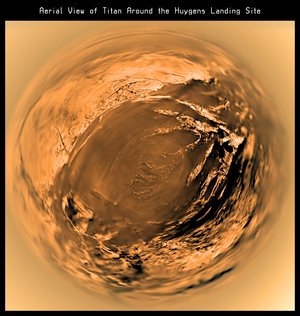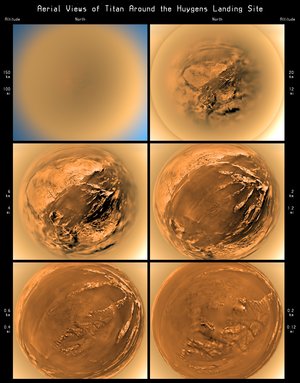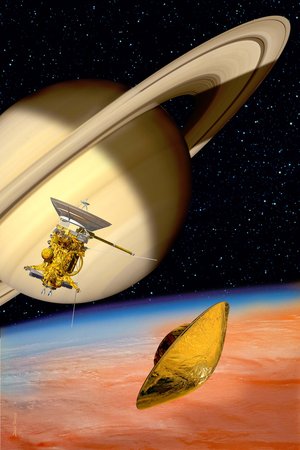Accept all cookies Accept only essential cookies See our Cookie Notice

About ESA
The European Space Agency (ESA) is Europe’s gateway to space. Its mission is to shape the development of Europe’s space capability and ensure that investment in space continues to deliver benefits to the citizens of Europe and the world.
Highlights
ESA - United space in Europe
This is ESA ESA facts Member States & Cooperating States Funding Director General Top management For Member State Delegations European vision European Space Policy ESA & EU Space Councils Responsibility & Sustainability Annual Report Calendar of meetings Corporate newsEstablishments & sites
ESA Headquarters ESA ESTEC ESA ESOC ESA ESRIN ESA EAC ESA ESAC Europe's Spaceport ESA ESEC ESA ECSAT Brussels Office Washington OfficeWorking with ESA
Business with ESA ESA Commercialisation Gateway Law at ESA Careers Cyber resilience at ESA IT at ESA Newsroom Partnerships Merchandising Licence Education Open Space Innovation Platform Integrity and Reporting Administrative Tribunal Health and SafetyMore about ESA
History ESA Historical Archives Exhibitions Publications Art & Culture ESA Merchandise Kids Diversity ESA Brand Centre ESA ChampionsLatest
Space in Member States
Find out more about space activities in our 23 Member States, and understand how ESA works together with their national agencies, institutions and organisations.
Science & Exploration
Exploring our Solar System and unlocking the secrets of the Universe
Go to topicAstronauts
Missions
Juice Euclid Webb Solar Orbiter BepiColombo Gaia ExoMars Cheops Exoplanet missions More missionsActivities
International Space Station Orion service module Gateway Concordia Caves & Pangaea BenefitsLatest
Space Safety
Protecting life and infrastructure on Earth and in orbit
Go to topicAsteroids
Asteroids and Planetary Defence Asteroid danger explained Flyeye telescope: asteroid detection Hera mission: asteroid deflection Near-Earth Object Coordination CentreSpace junk
About space debris Space debris by the numbers Space Environment Report In space refuelling, refurbishing and removingSafety from space
Clean Space ecodesign Zero Debris Technologies Space for Earth Supporting Sustainable DevelopmentApplications
Using space to benefit citizens and meet future challenges on Earth
Go to topicObserving the Earth
Observing the Earth Future EO Copernicus Meteorology Space for our climate Satellite missionsCommercialisation
ESA Commercialisation Gateway Open Space Innovation Platform Business Incubation ESA Space SolutionsLatest
Enabling & Support
Making space accessible and developing the technologies for the future
Go to topicBuilding missions
Space Engineering and Technology Test centre Laboratories Concurrent Design Facility Preparing for the future Shaping the Future Discovery and Preparation Advanced Concepts TeamSpace transportation
Space Transportation Ariane Vega Space Rider Future space transportation Boost! Europe's Spaceport Launches from Europe's Spaceport from 2012Latest

Huygens’ fish-eye view of Titan
Thank you for liking
You have already liked this page, you can only like it once!
At first glance, this scene may look like a reptilian eye or a textured splash of orange paint, but it is actually a fish-eye view of Saturn’s moon Titan.
This image was taken as ESA’s Huygens probe, part of the international Cassini–Huygens mission, descended through Titan’s atmosphere before landing on the moon’s surface. This was the first landing ever performed in the outer Solar System, and it is still the most distant landing accomplished by any spacecraft or probe.
This landing took place 10 years ago this week, on 14 January 2005. At the moment this image was taken, Huygens was roughly five km above Titan’s surface.
The probe’s planned landing site looked a lot like a shoreline, so scientists were unsure whether it would touch down on solid ground or splash into a liquid sea. Rather than a splashdown or crash landing, it actually landed with more of a ‘splat’ in Titan’s mud, a sand-like material made up of grains of ice. The images sent back by Huygens also showed rounded cobbles of ice strewn across the area. These cobbles are likely made of hydrocarbon and water ice and are thought to be smoothed by flowing liquids.
Observations from the Cassini orbiter have identified several large seas and hundreds of liquid hydrocarbon lakes speckled across Titan’s polar regions. Scientists believe that Titan experiences a seasonal ebbing and flowing of liquid on its surface with intense bursts of torrential rainfall and flash floods — composed of methane and organic compounds — cut by drier periods during which this liquid evaporates. The lakes around the moon’s polar regions reflect this cycle, shrinking and growing depending on the season.
The Cassini–Huygens mission, launched in 1997 as a joint endeavour of ESA, NASA and Italy’s ASI space agency, is named after Giovanni Cassini and Christiaan Huygens, two prominent astronomers of the 17th century. Huygens observed the rings of Saturn and discovered Titan, which is the planet’s largest moon, in 1655. Cassini discovered four of Saturn’s moons – Iapetus, Rhea, Tethys, and Dione – between 1671 and 1684, extensively studied Saturn’s surface markings, and discovered the wide, dark gap in the planet’s rings that is now dubbed the Cassini Division.
This image is a stereographic (fish-eye) projection taken with the descent imager/spectral radiometer on Huygens.
More information and a high-res TIFF version of the image is available at the NASA JPL website.
-
CREDIT
ESA/NASA/JPL/University of Arizona -
LICENCE
ESA Standard Licence

Huygens’ fish-eye view of Titan

Fish-eye image of Titan’s surface

View over an alien world

Stereographic view of Titan’s surface















 Germany
Germany
 Austria
Austria
 Belgium
Belgium
 Denmark
Denmark
 Spain
Spain
 Estonia
Estonia
 Finland
Finland
 France
France
 Greece
Greece
 Hungary
Hungary
 Ireland
Ireland
 Italy
Italy
 Luxembourg
Luxembourg
 Norway
Norway
 The Netherlands
The Netherlands
 Poland
Poland
 Portugal
Portugal
 Czechia
Czechia
 Romania
Romania
 United Kingdom
United Kingdom
 Slovenia
Slovenia
 Sweden
Sweden
 Switzerland
Switzerland
























